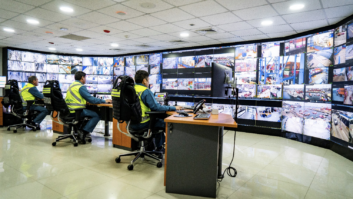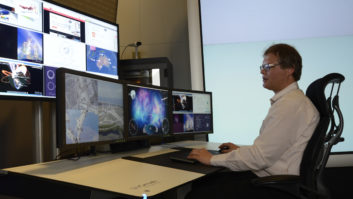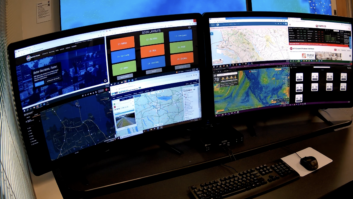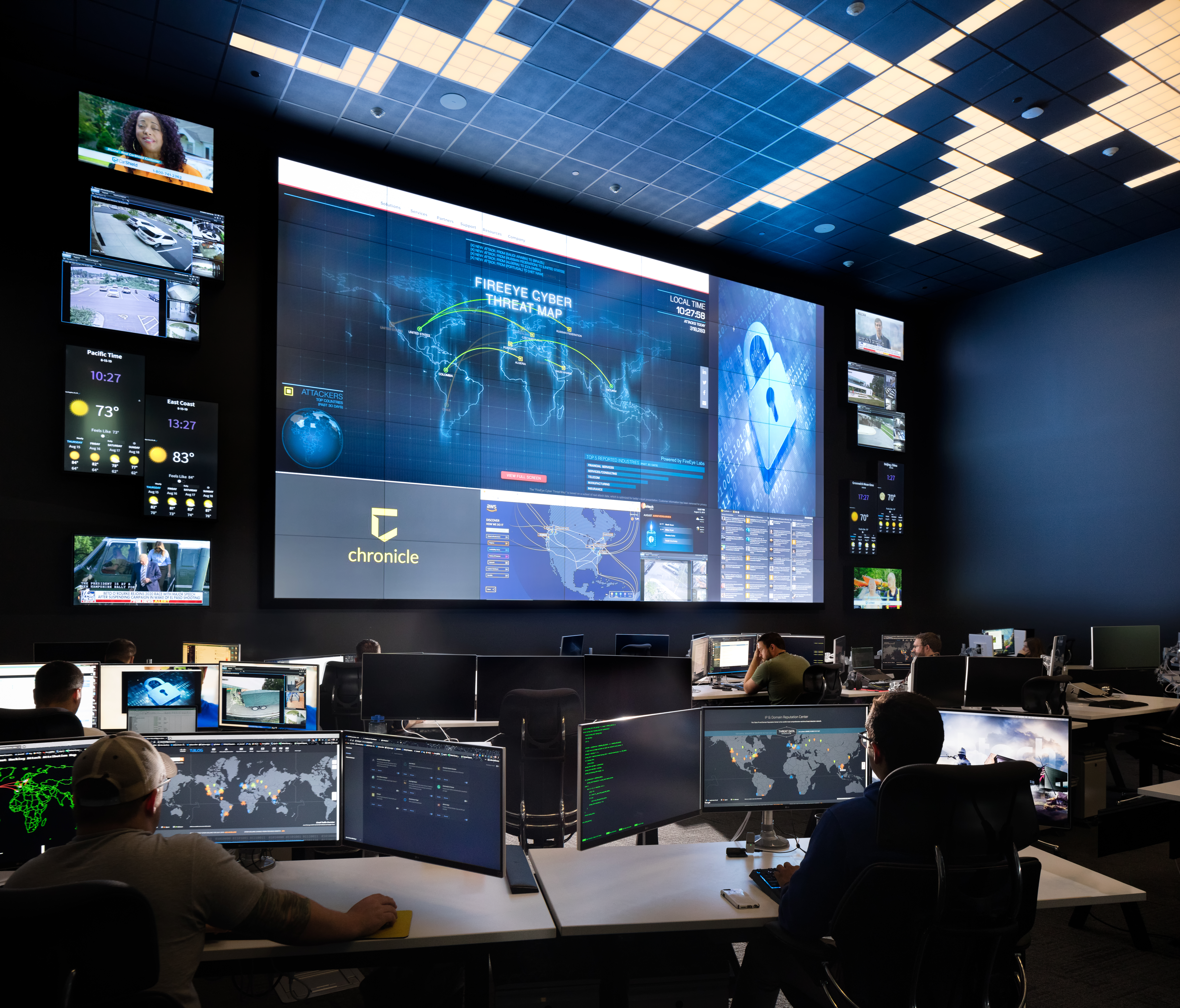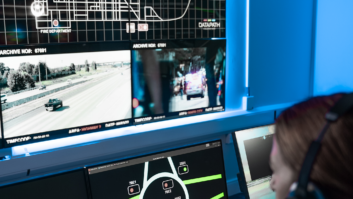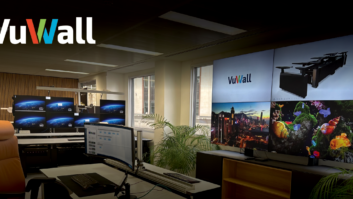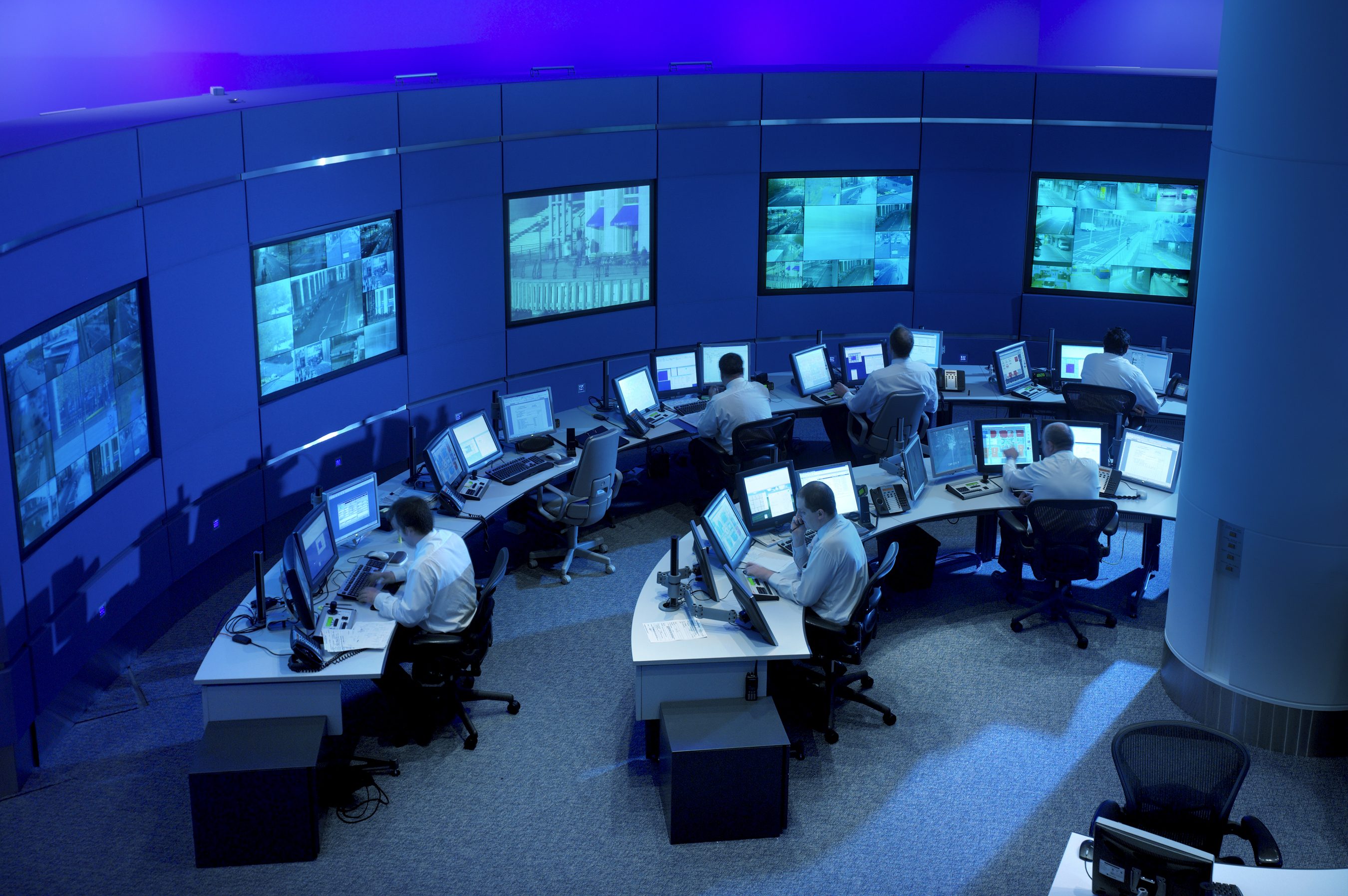
The high pressure and varied nature of control room environments attracts only the highest-spec AV equipment. And while the focal point has traditionally been the central videowall, the workspace is now adapting to a shift in emphasis designed to give operators greater autonomy.
The control rooms sector consists of a variety of applications, all with slightly different technology requirements. There are however, some universal truths meaning the solutions that populate control rooms require an incredible amount of rigour both in specification and performance to do the job. As a result, control rooms command only the highest-spec equipment and demand the best in visual acuity, as the consequences of technological failures can be catastrophic. “The risk to organisations is simply too high to justify the selection of sub-par technologies,” says Jamie Adkin, VP sales EMEA at Adder Technology.
As the sheer amount of available data increases, control rooms and operators are tasked with increasingly complex responsibilities, therefore it is crucial that their working environment is able to support them. This has resulted in an evolution in the control room workspace tailored more towards suiting the individual operator’s workflow, creating new methods of displaying the vast data streams and in some cases taking some emphasis away from the central videowall.
Key considerations
An environment like no other, the control room places special demands on the AV solutions integrated. “Control rooms are 24/7 environments, so technologies in these rooms must be secure, reliable and multi-level redundant, built on the latest hardware and software platforms like support hot-swappable and remote deployment, automatic failover, automatic calibration, virtualisation-ready software,” comments Suchit Rout, strategic alliances and business development manager at Barco.
Key considerations for any control room system integration are the primary needs for reliability, long-term durability and low cost of ownership. However every room is unique, so hardware versatility and flexibility are also crucial to being able to tailor a solution to the client’s specific requirements.
Some of the trends impacting control room environments are indicative of wider shifts in technology, while others are specific to command centres and signal a move to empower operators with greater autonomy and flexibility. A theme in line with general shifts across AV is the move away from desktop monitors to larger 4K displays for operator workspaces. The greater pixel density means that what has been thought of as ‘videowall information’ can now be displayed at the operator level. Furthermore, the technology is now available to deliver premium video quality at ultra-low latency and bandwidth. This, as Samuel Recine, director of sales, Americas and Asia Pacific at Matrox Graphics points out, “makes it possible to have ‘more’ video, ‘more’ distance and ‘more’ interoperability between equipment.”
New model
Barco’s Rout agrees about the trend: “There is indeed a move towards a user-centric and workflow-centric model, giving operators all possible tools and technologies to do their job in the most effective and efficient way. This translates into two primary ways in which control room operators and managers engage with situational awareness. One involves the overview display wall with the common operational picture for visual collaboration with all decision makers in the room. The other involves the ability to not just view but also interact with all information sources on a unifying operator workspace on their desks.”
What effect this model is this model having on the technologies needed in control rooms? Rout says: “This calls for a change in the control room infrastructure. For example, operators need direct access to all information, coming from many disparate sources often from differently secured network layers. But for security reasons, these networks cannot often be interconnected, so typically every legacy source needs a separate computer. This means the operator needs to physically switch between workstations, each with its own keyboard/mouse combination, or use an archaic hardware KVM switch, which enforces mapping one source to one monitor. The most elegant way to solve this is to integrate all these sources into one unified workspace irrespective of the number of monitors, which the operator can control from one central keyboard and mouse. OpSpace, Barco’s operator workspace solution, does exactly this.”
Adder’s Adkin concurs: “There’s no doubt that we’re seeing more control rooms adopt an operator-centric approach during the design phase. This begins with the room design, taking into consideration lighting and technical furniture, which must all align with preferred visualisation technologies. The videowall provides a level of situational awareness for multiple operators; it is a single version of the truth that can be viewed by all. When making the choice between sharing data on a videowall or deploying personal large format displays for each operator, the key is to know what information the operator needs to access and how readily it should be available to them. Operator-centric models are improved but the collaborative display wall is still essential to inform other operators of the emergency being managed at that time.
“This operator-centric approach is influencing not just the technology being used within OCCs (operation control centres), but also the design and ergonomics of each workstation. Importantly, an approach like this requires each operator to have fast access to numerous workstations and applications if they’re to carry out their work quickly and efficiently. With KVM technology, workstations can also be tailored to the requirements of each operator, therefore maximising efficiency and productivity.
“Ultimately, we must provide technologies that create flexibility for the operator, allowing them to design their own visual workspace. The tools should be interactive with a simple, intuitive user experience. But we must also consider the organisations needs and not forget the importance of safety, data security and disaster recovery strategies. We must find a balance between the flexibility of pro AV solutions and the standardised protocols of IT technologies.”
Brad Herrick, VP control room group, AVI-SPL adds: “The increased functionality afforded by these evolutions are driving attention to localised operator technology, such as furniture design and monitors along with local and enterprise network considerations, as it relates to collaboration within and outside of the control room.”
